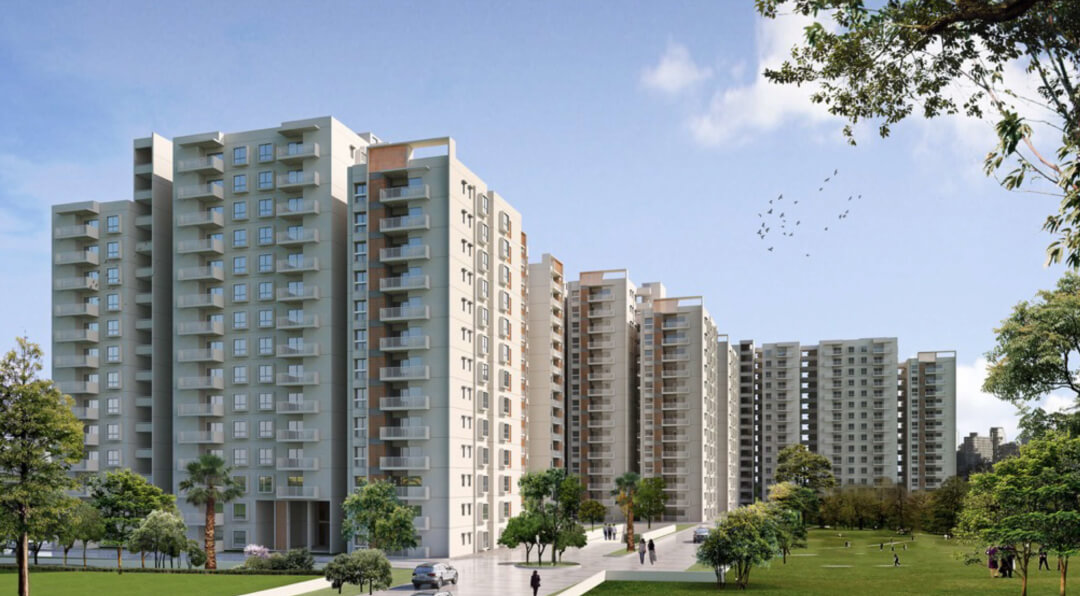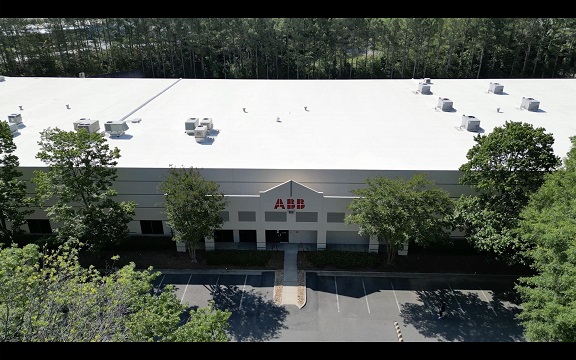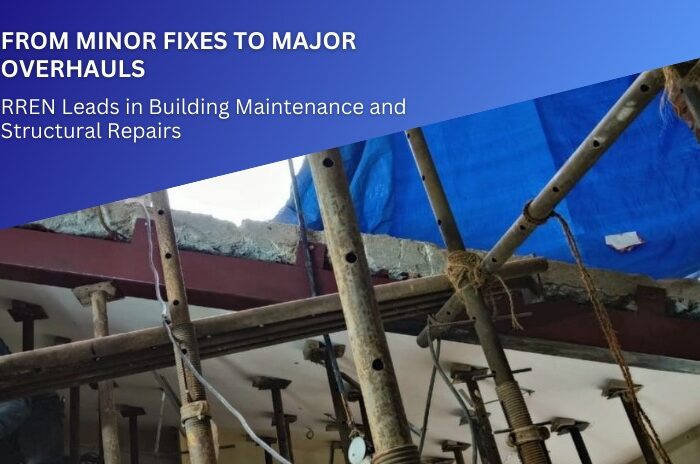Introduction:
India’s construction industry is experiencing a significant transformation with the advent of innovative construction materials. These new materials offer improved efficiency, durability, sustainability, and cost-effectiveness, revolutionizing the way buildings and infrastructure projects are designed and constructed. In this blog post, we will explore some of the noteworthy advancements in construction materials in India and their potential impact on the industry.
High-Performance Concrete (HPC): High-Performance Concrete is gaining popularity in India due to its superior strength, durability, and resistance to environmental factors. It incorporates various admixtures and additives to enhance its performance, making it suitable for critical infrastructure projects such as bridges and high-rise buildings. We’ll discuss the benefits of HPC and its applications in the Indian construction landscape.
Green Building Materials: As sustainability becomes a priority, the demand for green building materials is on the rise in India. We will delve into eco-friendly alternatives such as recycled concrete, bamboo, fly ash bricks, and bio-based materials that minimize environmental impact while maintaining structural integrity. Additionally, we’ll highlight government initiatives and incentives encouraging the use of green materials in construction projects.
Prefabricated and Modular Construction: Prefabricated and modular construction methods are transforming the speed and efficiency of construction projects in India. By assembling building components off-site, these techniques offer reduced construction time, cost savings, and improved quality control. We’ll discuss the latest advancements in prefabricated and modular construction and their impact on the Indian construction industry.
Self-Healing Materials: Innovations in self-healing materials are revolutionizing the maintenance and longevity of structures. These materials possess the ability to repair micro-cracks and damage caused by environmental factors, thus increasing the lifespan of buildings. We’ll explore the types of self-healing materials being developed in India and their potential applications.
3D Printing in Construction: The emerging technology of 3D printing is making waves in the construction industry worldwide, including India. We’ll explore the use of 3D printing for constructing building components, houses, and even entire structures. We’ll discuss its benefits, challenges, and the potential it holds for affordable housing, customization, and design flexibility in the Indian context.
Smart Construction Materials: With the advent of the Internet of Things (IoT) and smart technology, construction materials are being equipped with sensors and connectivity, enabling real-time monitoring, data collection, and predictive maintenance. We’ll discuss how smart construction materials, such as self-monitoring concrete and intelligent coatings, are enhancing efficiency, safety, and sustainability in the Indian construction industry.
Conclusion: The construction industry in India is witnessing a remarkable transformation with the introduction of innovative construction materials. From high-performance concrete to green building materials, prefabrication to self-healing materials, and 3D printing to smart construction materials, these advancements are redefining the way buildings and infrastructure projects are designed, constructed, and maintained. Embracing these innovations will not only lead to more sustainable and durable structures but also contribute to the overall growth and development of the Indian construction sector.










